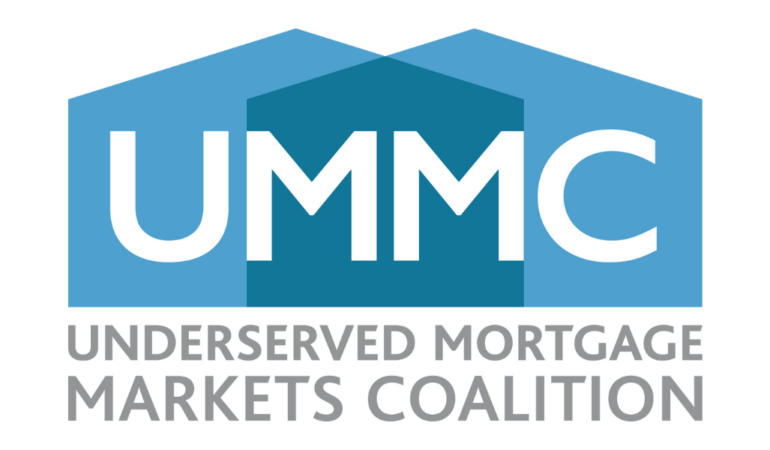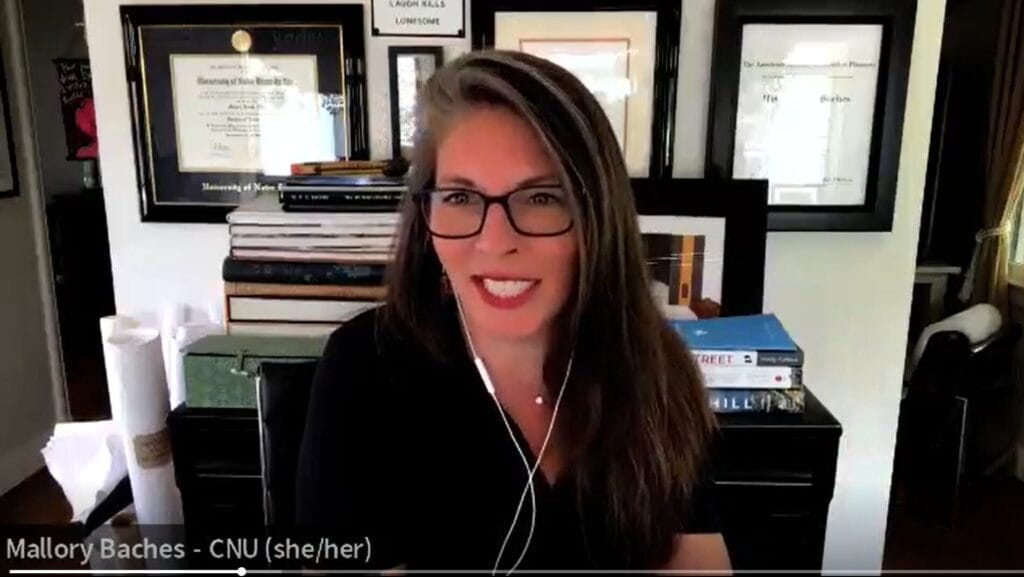Como 39.º alcalde de Providence, Rhode Island, Brett Smiley aborda la seguridad pública, la vivienda asequible, la educación y la resiliencia ante el cambio climático. Antes de ser elegido en 2022, Smiley, quien nació y creció en el área de Chicago y se mudó a Rhode Island para trabajar en política en 2006, fue jefe del Departamento de Administración del estado, director ejecutivo de operaciones de Providence y jefe de personal de la exgobernadora de Rhode Island, Gina Raimondo.
Con una población de alrededor de 191.000 habitantes, Providence es la tercera ciudad más grande en Nueva Inglaterra después de Boston y Worcester, Massachusetts. Esta ciudad, que alguna vez albergó una gran cantidad de fábricas y molinos, en los últimos años se hizo conocida por adoptar el nuevo urbanismo, la preservación histórica y la reutilización adaptativa, así como por sus innovaciones culinarias, culturales y artísticas.
Anthony Flint entrevistó al alcalde Smiley esta primavera en el ayuntamiento. Escuche la conversación completa, que aquí se editó por motivos de longitud y claridad, en el pódcast Land Matters.

Anthony Flint: El arco narrativo de Providence en los últimos 30 años ha sido notable: una ciudad secundaria recuperada del estancamiento económico mediante el desmantelamiento de carreteras, la iluminación de los ríos y el foco en el diseño urbano. Ahora hay preocupaciones sobre la capacidad de pago, comenzando por la vivienda. ¿Hacia dónde se dirige la ciudad ahora?
Brett Smiley: Le agradezco que haya mencionado el notable progreso que ha tenido la ciudad. Hemos recorrido un largo camino, y mientras muchas ciudades postindustriales continúan luchando, Providence está en una trayectoria muy diferente. Gracias a la pandemia, tuvimos una afluencia de personas que comenzaron a reclamar servicios urbanos, arte, cultura, diversidad y transitabilidad a pie, sin que eso conlleve la cantidad de esfuerzo y dinero que implica vivir en Manhattan o Brooklyn, o incluso en Boston.
Uno de los puntos competitivos de la ciudad es que era menos costosa. Pero no pudimos seguir el ritmo desde la construcción y, como resultado, los precios de la vivienda se están disparando. Estamos entre las cinco primeras ciudades en cuanto a afluencia migratoria neta, pero estamos en el puesto 50 de 50 en cuanto a nuevas construcciones de viviendas. Nuestra tarea es facilitar una construcción más densa en el contexto mundial en el que nos encontramos, lo que significa incorporar infraestructura verde para prepararse para el cambio climático y, al mismo tiempo, permitir un mayor crecimiento.
Creemos que podemos liderar el camino para lograr ambos objetivos. Es un momento emocionante para la ciudad. No nos cuesta promocionar Providence. Lo que nos cuesta es asegurarnos de que haya una vivienda disponible para todos los que quieran una.
AF: Hay muchos terrenos vacíos en los que se puede construir, incluidos algunos estacionamientos. Hay lugares que no requieren derribar nada.
BS: Tenemos muchos lugares en donde construir. Uno de nuestros desafíos económicos siempre ha sido que, desde una perspectiva de costos, estamos en el mismo mercado económico que Boston; sin embargo, nuestros alquileres o precios de venta son mucho menores que los de Boston. Tenemos un vacío que llenar en términos del precio que la unidad de vivienda puede exigir y el costo que se necesita para construirla . . . es por eso que estamos trabajando mucho en medidas como incentivos por aumentar la densidad y la flexibilización de los requisitos mínimos de estacionamiento. De esta forma permitimos que los emprendedores inmobiliarios ayuden a que los proyectos sean más viables en cuanto al financiamiento. Además, analizamos algunas soluciones innovadoras que las ciudades de todo el país están probando, como cambios en el código de incendios y otras cuestiones que reducirán el costo de construcción mediante la flexibilización de algunos de los requisitos reglamentarios.
AF: A diferencia de los alcaldes de Boston o París, no ha estado tan entusiasmado con el concepto de calles completas con carriles para peatones, bicicletas y autobuses. ¿Cómo ha evolucionado su forma de pensar?
BS: Sabemos que solo entre el 2 y el 4 por ciento de la población va al trabajo en bicicleta. Aspiramos a duplicar o cuadruplicar ese número. Y, aun así, menos del 10 por ciento de las personas viajarían al trabajo en bicicleta. Queremos que más personas elijan la bicicleta como un medio de transporte alternativo, pero estamos hablando del 5 por ciento de las personas que viajan al trabajo, no del 75 por ciento, aunque a veces se sienta así. Trato de dedicar tiempo y recursos a los medios y métodos de transporte que la mayoría de la gente usa de verdad.
AF: ¿Puede hablar sobre el desafío de retener a los principales empleadores, como el fabricante de juguetes Hasbro, y la práctica de ofrecer beneficios como exenciones fiscales para el desarrollo económico?
BS: Las tácticas para el desarrollo económico han cambiado. El crecimiento significativo que hemos visto en la última década, y en particular desde la pandemia, es que las personas se mudan aquí con buenos trabajos que se encuentran en otro lugar, o directamente en ningún lugar. La forma de pensar en el desarrollo económico ha cambiado, por eso es que la vivienda es una de mis prioridades, porque la vivienda es, de hecho, una estrategia de desarrollo económico.
Sin embargo, los principales empleadores con sede en la ciudad siguen siendo importantes. Las empresas que la gente conoce pueden ser muy relevantes para las perspectivas económicas de la ciudad y su marca, si se quiere. También es valioso asegurarse de que haya una comunidad corporativa central que ayude a apoyar y sostener a las instituciones cívicas, las organizaciones artísticas y otros grupos que dependen del apoyo filantrópico corporativo.
AF: En un estudio reciente, se observó que la vida nocturna de Providence genera casi 1.000 millones de dólares al año en actividad económica, pero se señaló que muchos trabajadores no pueden tomar un autobús para ir a su casa después de que cierran los bares y restaurantes. Ya que carece de un tren o metro ligero, ¿qué puede hacer Providence para mejorar el transporte público?
BS: Es importante que hablemos de la vida durante la noche en general, no solo de la vida nocturna como un entretenimiento. Hay miles de empleados que trabajan durante lo que denominamos “el otro turno de nueve a cinco”: 21:00 a 5:00. Es decir que no solo hablamos de restaurantes, hospitalidad y clubes nocturnos, sino también de las personas que trabajan en el turno noche en un hospital y otros trabajos similares.
No tenemos un sistema de tren o metro ligero aquí en Providence, ni en ningún otro lugar de Rhode Island. Tenemos un sistema de autobuses que funciona bastante bien durante el día, pero es menos frecuente o, en el caso de algunas líneas, deja de funcionar tarde por la noche. Las soluciones son buscar otros medios de transporte, como viajes compartidos y micromovilidad, y que nuestro sistema de autobuses, RIPTA, brinde un mejor servicio a estos grandes centros de empleo. No necesitamos innovaciones de vanguardia. Solo tenemos que pensar en la prestación de servicios para este período que, a menudo, se pasa por alto y se olvida.

AF: Dada la experiencia de tener que cerrar un puente importante debido a problemas de integridad estructural, ¿qué piensa sobre la inversión en infraestructura, en particular ahora que las ciudades se podrían enfrentar a un marco diferente del gobierno federal?
BS: Parte de la historia del Puente de Washington en la I-95, que es una arteria importante aquí en la ciudad, es que es un puente de propiedad estatal y un proyecto financiado por el Departamento de Transporte de Rhode Island, que no tuvo el mantenimiento adecuado. La lección que saco de eso es la importancia del mantenimiento continuo para evitar un precio mucho más alto por tener que reemplazarlo. Necesitamos asegurarnos de que todos nos ocupamos de esta infraestructura, en especial después de cuatro años de inversión importante en algunos grandes proyectos de infraestructura aquí en la ciudad y en todo el país. En segundo lugar, necesitamos ingresos predecibles [como las tarifas de los peajes para camiones pesados] para poder pagar estos proyectos. Puedes reparar algo hoy o reemplazarlo mañana, pero el reemplazo siempre es la peor inversión.
AF: Del mismo modo, ¿le preocupa la situación de las instituciones ancla de educación y salud, que siguen siendo un componente clave del renacimiento de Providence, ante las interrupciones en el financiamiento federal?
BS: Estoy muy preocupado por la estabilidad financiera de la educación y la salud. El cambio de la recuperación de costos indirectos para las subvenciones de los Institutos Nacionales de Salud (NIH, por su sigla en inglés) ya está afectando a Providence. Tanto nuestros hospitales como nuestra principal institución de investigación, que es la Universidad de Brown, dependen de esos fondos. Cambiar las reglas a mitad de camino es muy perjudicial.
Los mayores empleadores de la ciudad son el hospital y las facultades. Estos recortes afectarán a nuestra comunidad de una manera u otra, ya sea por la pérdida de empleos, la disminución de los valores inmobiliarios o la menor inversión. Además de todas las oportunidades que podrían no darse como resultado de esto: curas para enfermedades que pueden no descubrirse y soluciones a problemas reales de las que ninguno de nosotros se beneficiaría, si la investigación nunca sucede. Es un problema serio y una verdadera vergüenza. No es forma de tratar a socios importantes.
AF: Usted es un tipo de político diferente en comparación con algunos dirigentes anteriores de Rhode Island que podrían describirse como más de la vieja escuela. ¿Cómo se calificaría en términos de participación con los constituyentes? En una entrevista reciente, dijo: “Hay momentos en que los dirigentes públicos necesitan decir ‘basta, ya hemos escuchado suficiente. Esto es lo que haremos’”.
BS: Suelo abordar los problemas desde dos enfoques: uno relacionado con las prioridades y otro con el estilo. Con respecto a las prioridades, el difunto alcalde de Boston, Tom Menino, a quien no conocí, hablaba de ser un mecánico urbano, [y esa] siempre ha sido una frase con la que me identifico. He tratado de establecer mis prioridades en temas centrales de calidad de vida, cuestiones que afectan la vida cotidiana de las personas, para tratar de mejorarla. Intento solucionar los problemas que en verdad les importan a las personas.
Creo que habrá una gran erosión en la confianza en el gobierno en general. El antídoto para eso es mostrar competencia, eficiencia y eficacia, en particular a nivel local, porque nuestros residentes nos conocen por nuestros nombres. No les avergüenza decirnos lo que creen que no está funcionando. Trato de mantenerme enfocado en esas cuestiones y no en resolver todos los problemas del mundo, sino en resolver los problemas de un vecindario.
En términos de estilo, soy una persona bastante discreta y no tengo altas expectativas, no soy grandilocuente, trato de escuchar a la gente. Estamos muy comprometidos con la comunidad. Tratamos de involucrar a la comunidad de nuevas maneras [como usar Zoom y encuestas en línea]. Pero llega un momento en que el líder debe tomar una decisión y seguir adelante. Para eso me eligieron. Volveré a estar en la boleta el próximo año. Si a los votantes de Providence no les gusta, pueden elegir a otra persona.
Siento que es mi trabajo decir: “De acuerdo, hemos escuchado los comentarios de todos. Hicimos modificaciones donde fue necesario. Podemos estar de acuerdo en no estar de acuerdo en otras cuestiones. Esto es lo que haremos en el futuro y el día de la rendición de cuentas será el día de las elecciones”. Me siento muy cómodo con eso. Creo que eso es lo que se necesita para pasar a la acción.
Eso es lo que creo que nuestros residentes quieren que hagamos: pasar a la acción. La inacción es el enemigo del progreso. Es algo de lo que no quiero ser víctima.
Anthony Flint es miembro sénior del Instituto Lincoln de Políticas de Suelo, conduce el ciclo de pódcast Land Matters y es editor colaborador de Land Lines.
Imagen principal: Alcalde Brett Smiley. Crédito: Ciudad de Providence.





